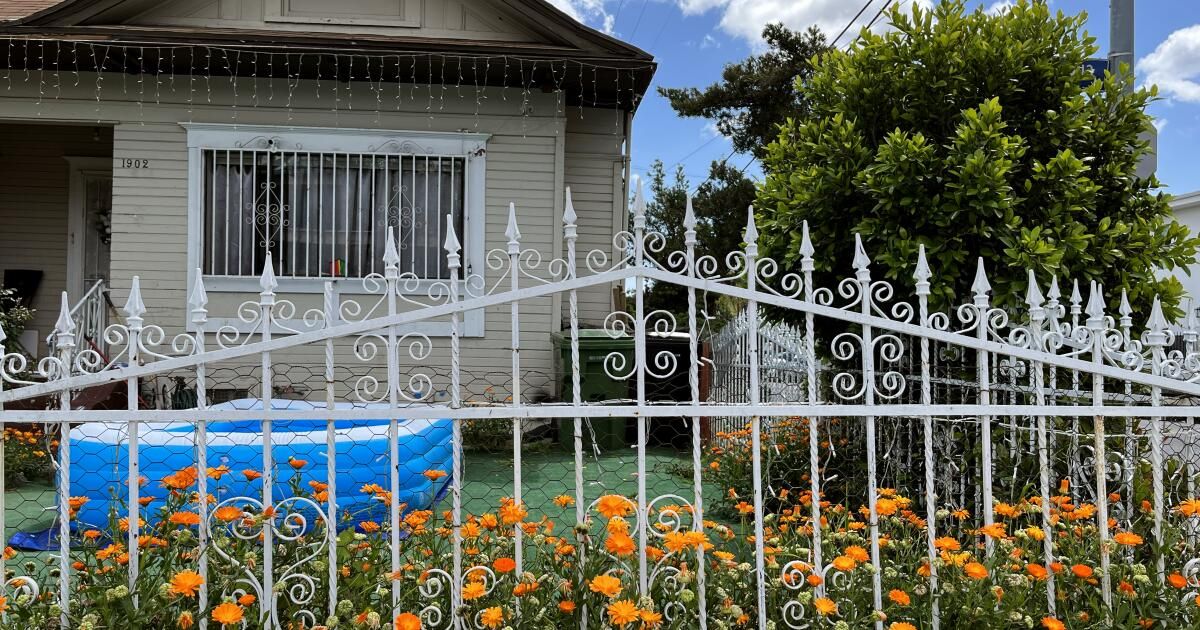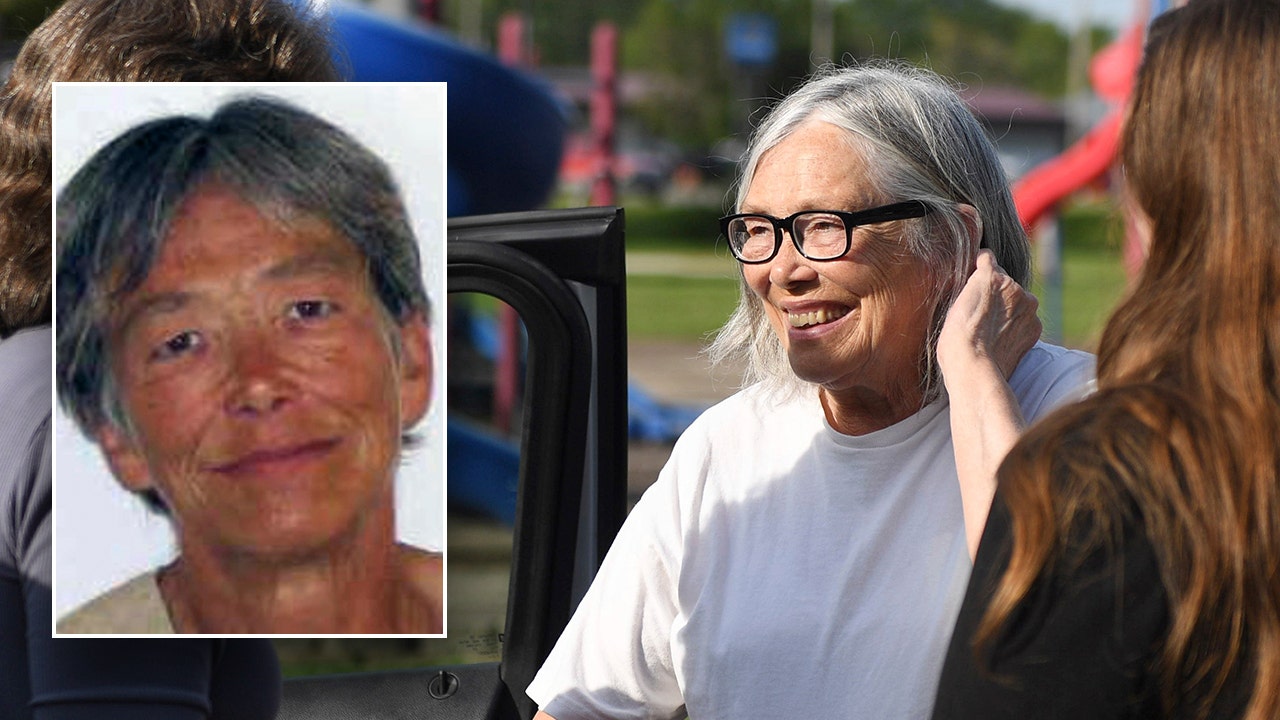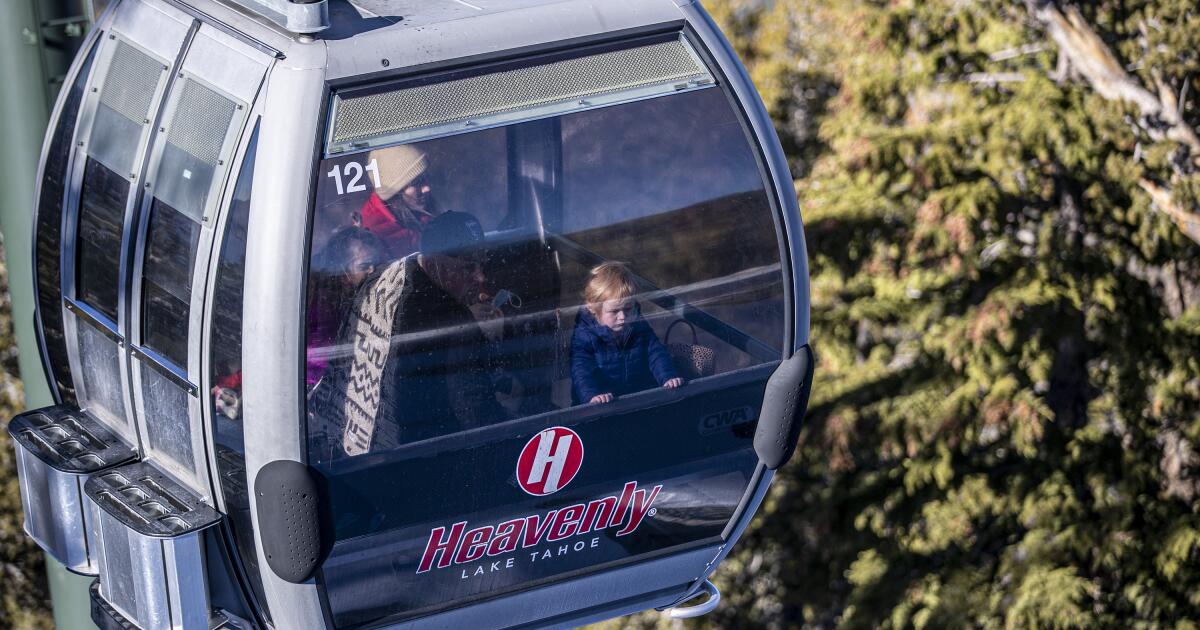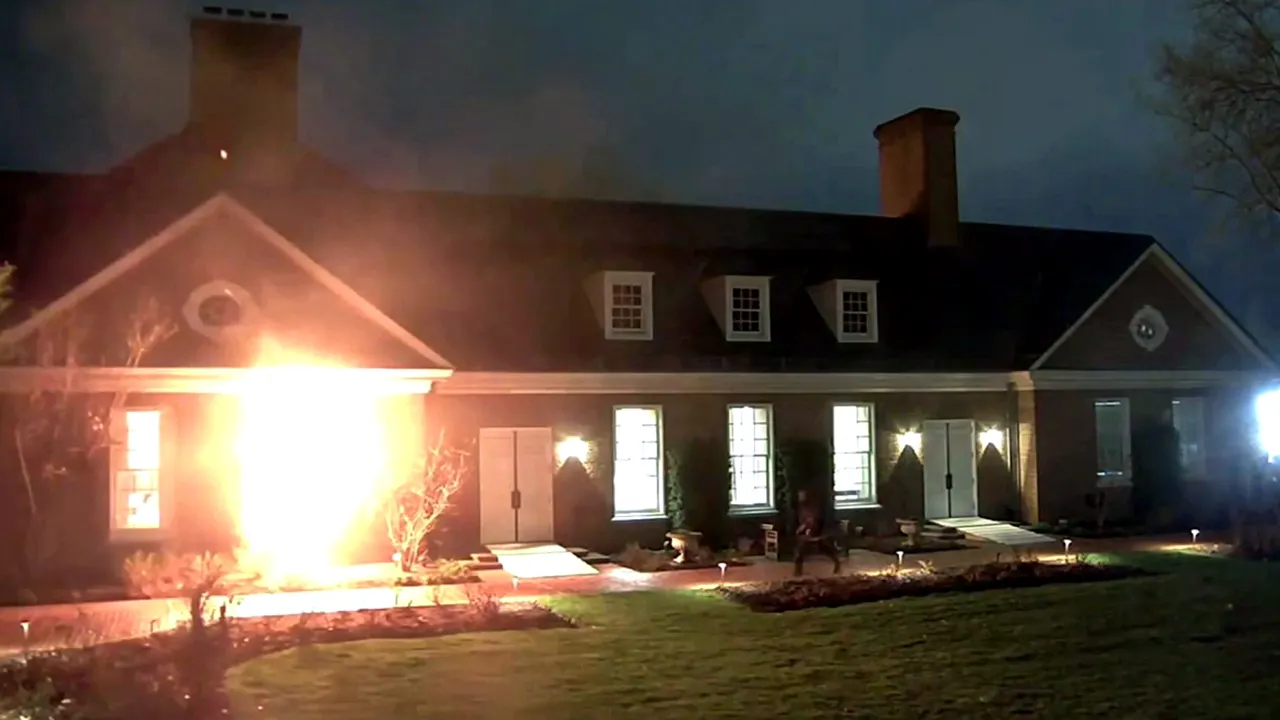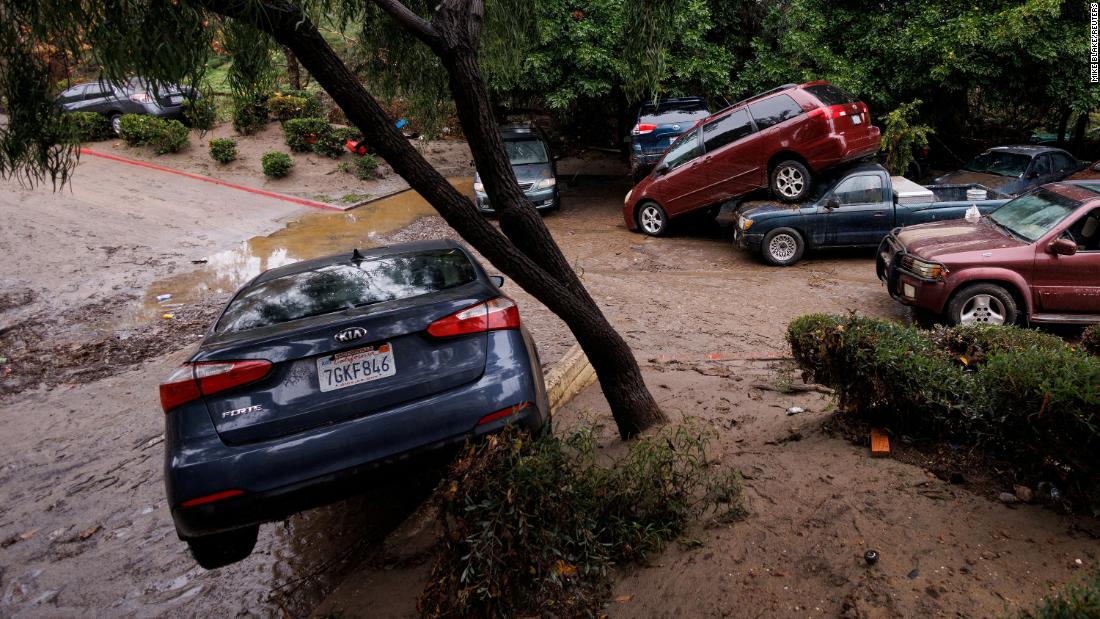My cynical simplification of the history of Los Angeles is this: lots of people saw how beautiful Southern California was and wanted not just to live there, but to own it.
I think that's why fences are such an important facet of the residential landscape in Los Angeles. Not only do we have gated communities here, but we have gated communities within gated communities, and even entire gated municipalities. It's hard to find a good view of Los Angeles without a fence somewhere.
I wonder if this is what the landowner in Robert Frost’s poem “Mending Wall” meant when he said that good fences make good neighbors.
Fences appear in almost every neighborhood and in communities of all income levels. As I moved around Los Angeles, I noticed a few different styles.
East Hollywood’s iron fences were an art form in themselves, unique, twisted designs decorated with acorns, wreaths, or fleur-de-lis. On the Westside, walls of ivy or clipped hedges rose above the sidewalk. When I moved to Alhambra, there were low barriers of cement and cinder blocks dividing properties horizontally but leaving the lawn open to the street. In West Adams, unadorned barriers of iron bars and chain-link wire formed an irregular wall along the sidewalk.
East Hollywood was also where I noticed the first signs of an aesthetic shift in fences: wooden or wood-like fences, made of horizontal planks, sometimes called gentrification fences. That term reflects the resentment caused by the rapid redevelopment of the neighborhood, and it is common to see graffiti crews attacking these fences. But they are now so ubiquitous that they exist even outside that context.
Garik Babayan, CEO of Torrance Fence Co., describes the new trend as a shift from vertical to horizontal styles.
Babayan said there has been a quiet boom in the fence-building industry since the pandemic. New homeowners are less concerned about violent crime and more worried about hackers, pets and privacy in their outdoor recreational spaces, he said. Many homeowners decided to upgrade their outdoor spaces during the pandemic, a time when everyone was focused on security and privacy. Millennials and younger homeowners generally prefer horizontal wooden fences because they look more modern. They are often accompanied by cameras.
It's difficult to track exactly how many fences are being built: Each city has different practices when it comes to allowing fences, walls or hedges, and many types of fences don't require permits.
But according to Babayan, over the past six years he has set up his own company and the waiting period for the installation of a fence has gone from just two weeks to more than three months. He now has 40 employees and five different teams.
One big change between old fences and new ones is that you can't really have a conversation through the new ones, they block any view of the residence and yard and often have security cameras in front of them.
“In the past, that sense of openness was great, but now people are more cautious,” Babayan said.
Sue Freeman, 70, of Venice, has a chain-link fence to keep her dog from running loose. But it's low enough that she can talk to her neighbors, and getting to know them is what makes her feel safe. She has a Ring camera, but she doesn't know how to make it talk, and she'd rather meet the mailman — Luis — and before him, Susan.
She finds it hard to imagine life without a fence. She still has a bullet hole in her house that was put in there by a gang decades ago, and the fence marks the boundary of her yard and garden. But she has watched the fences get higher over the past 40 years with mixed feelings. The neighborhood has many more Airbnb operators and renters than ever before.
“Everyone who owns a home has a snapshot of that place and that time, and they want to keep it frozen in time,” Freeman said. “But I couldn’t keep my snapshot, and no one ever does.”
Fences have been a constant source of friction in Los Angeles' rapidly changing neighborhoods. Former neighbors see the new fences and wonder why the new neighbors seem less interested in chatting.
It’s not just the fences themselves that cause such friction, but also the contrasting lifestyles they can signal. It’s easy to assume that a person with a gentrifying fence is less likely to participate in community events, learn your children’s names, or let you borrow a cup of salt or a pinch of baking powder.
These changes in the fences indicate not only new aesthetic preferences, but also new attitudes about what it means to be part of a neighborhood. Is it still a neighborhood, in the traditional sense, if it's just a group of people who have nothing to do with each other except owning houses nearby?
Marques Vestal, an adjunct professor of urban planning at UCLA, describes this shift as a shift toward insider home ownership.
“People move into neighborhoods without the expectation of getting along with the people there. They buy land and fortify the place,” Vestal said.
Billboards have always reflected different eras of thinking about neighborhoods and different fears, Vestal said. In the 1970s and 1980s, when the war on drugs raged, billboards became ubiquitous amid a heated public conversation about crime and gangs. According to Times archives, Los Angeles Police Department raids often involved violence, including employing a six-ton tank with a steel battering ram, pro-police graffiti and deliberate destruction of property.
Authorities also installed fences to close off alleys and protect multi-family buildings where drug dealing occurred, Vestal said. For black and Latino homeowners whose neighborhoods were the scene of that war, the fences offered safety from crime, but they also served as a response to the destructive policing that often accompanied it.
“It was part security theater and part status symbol,” Vestal said.
In “City of Quartz,” historian Mike Davis identified the fences as part of an effort to police social boundaries with hostile architecture. Builders in the 1970s and 1980s were inspired by prisons, military forts and embassies abroad, a collective paranoid tendency that Davis summed up as the fortress city.
It has never been clear whether fences actually stop crime. Fences make access to a property difficult, but they rarely make it impossible. They protect a property, but they also mark it as a potentially profitable target for petty crime.
I think it's useful to think of fences as a measure of how safe people would like to feel. And those feelings are often a function of how dangerous they think the world is, what media they consume, and how they were raised.
I use the word feelings because I believe that ultimately safety is an emotional reality, not necessarily a factual one. Statistics show that violent crime is down in every American city, but if Nextdoor posts are any indication, homeowners are more afraid of violent and property crime than ever before. There is some irony in the fact that the safest and wealthiest neighborhoods have the highest and most imposing fences.
A fence could make us feel safer. So could a border wall.
Maybe the war on drugs made us feel safer four decades ago. Maybe the current crackdown on homelessness makes us feel safer now.
It's important to recognize them as feelings because we have a choice about how to respond to them. We can build higher walls, or we can imagine a place that doesn't need them: a city of fences or a city of neighborhoods.

